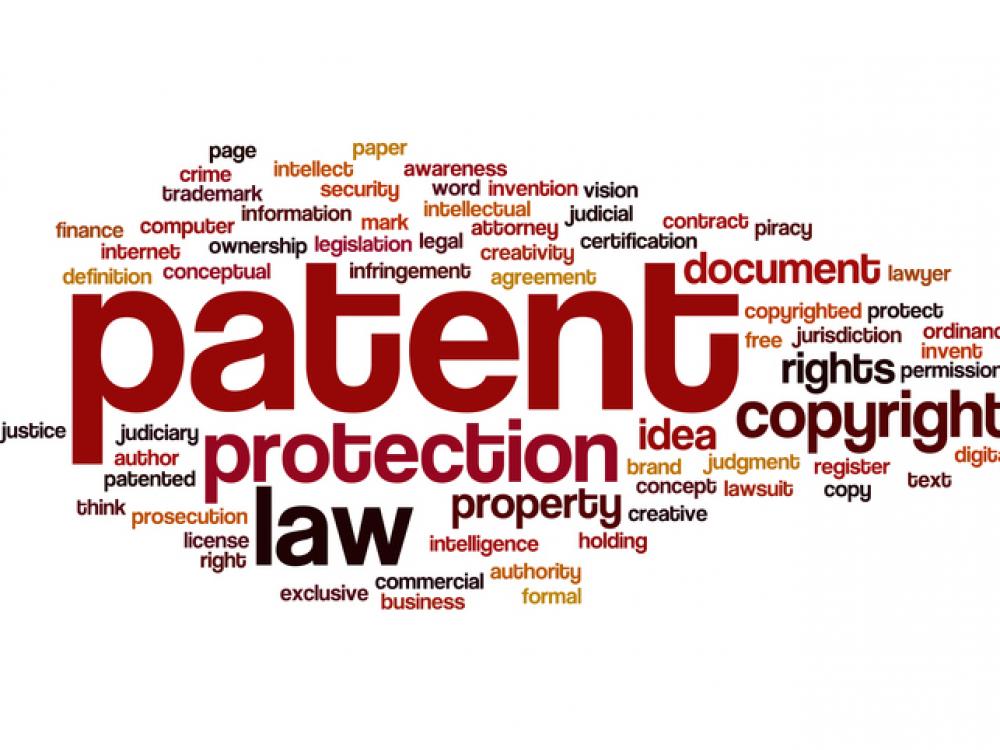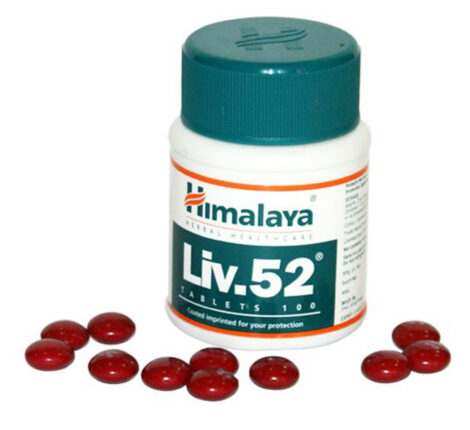Double-Patenting In Patent Law
Introduction
Once a person invents something unique which has never been done before, the invention is eligible to be patented. Patent rights are rights given to the patent holder to create, use, sell, license or such other transfer in a way he wants, for a fixed period. Patent rights, as according to statutes, are granted for twenty years. Once the period ends, the invention falls in the hands of the public domain, and anybody is free to use the patent. A person can seek a patent for an invention only once, i.e., one invention can be protected through only one patent. There can be no multiple patents for the same invention. This case of applying for numerous patents for one single invention is called Double-Patenting.
As the name suggests, double-patenting attempts to secure more than one patent to the same invention by the same applicant in the same jurisdiction. Double Patenting often leads to a condition called “Evergreening”. Evergreening is when an applicant tries to patent the same invention but with slight variations to have rights and a monopoly over the invention for a very long time. This practice is as opposed to what patent laws stand for. Patent laws are against monetizing an invention for a long time, depriving the public its easy and free access.
What constitutes Double-Patenting?
A patent application requires specific prerequisites to be met to being objected to for trying to get a double patent. They are:
- The claims must be the same or similar – A prior existing patent is a red flag for the patent. If the invention already exists, the essential requirement for patenting is novelty. If not fulfilled, it leads to rejection of the application. In addition to the novelty criteria, granting the patent to an already patented invention leads to double patenting. The similarity between the innovations must be based on the claims. The inventions must have the same or similar claims. By claims, it means that the subject matter of the inventions is the same or similar.
- The other application must either be pending or already granted patent- The applications to which double patenting applies to include two or more pending applications; two or more patented creations; one or more pending and the other or others patented. Only in these three cases does double patenting apply. The application must be alive. If the application is abandoned or rejected, the problem of double patenting does not arise.
- The same patentee must make an application- Another vital requirement for double patenting is that the application for a second patent must be made by the same patentee who had the first patent granted. In joint ownership of a patent, at least one common patentee in both the patents is enough to constitute a double patent.
Double Patenting in India
The U.S.A. and Europe have substantial laws regulating double patenting. But India has no law per se about double patenting. However, provisions under the Indian Patent Act, 1970 might be a long way to approach the same conclusion.
Section 46(2)
Section 46(2) of the Indian Patent Act, 1970, states that an inventor is given a patent to only one invention. Regarding double patenting, this section can be interpreted to state that an invention cannot get more than one patent protection. The claims requirement for double patenting is usually dealt with under this section. The Controller has opined that objections under Section 46(2) can be raised in many infringement cases even when the claims have an overlapping scope and are not limited to only claims with identical range.
Section 13(1)(b)
This section of the Indian Patent Act deals with prior claiming. According to section 13(1)(b), prior claiming is when an invention is claimed in any claim of any other complete specification published on or after the date of filing of the applicant’s complete specification, being a specification filed in pursuance of an application for a patent made in India and dated before or claiming the priority date earlier than that date. The initial claim concept answers the condition for the need of the same patentee to make a patent application.
Section 16
Section 16 of the Indian Patent Act deals with a divisional patent application. In the case of divisional applications filed based on a patent application, the subsequent applications are examined keeping in view the parent application or other divisional applications to avoid double patenting. For example, if the parent application claims a process and the subsequent divisional application claims for both product and process, the claims are considered overlapping.
Case relating to Double Patenting
India might not have statutory provisions dealing with double patenting. But, with time, the Indian Judiciary has interpreted and taught the term double patenting while pronouncing its judgments.
In the case of AstraZeneca Ab & Anr V. Torrent Pharmaceuticals Ltd., the High Court of Delhi, while rejecting the interim application for an injunction against Intas Pharmaceuticals and Alkem Laboratories in regards to the manufacture of Dapagliflozin, an anti-diabetic drug, alleged to have infringed the patent of AstraZeneca, stated that it is a case of double patenting.
Conclusion
As observed from above, India has no laws protecting against double patenting. The U.S.A., the U.S. Patent and Trademark Office mentions rules and provisions related to double patenting. The Europe EPO guidelines also note the double patenting concept. Whereas in India, there are no provisions relating to double patenting. Higher Courts have not addressed this issue in a vast stage. There are very few precedents that can be used while deciding cases on this matter. As a result, the concept of double patenting remains a grey area in the Indian patent laws. India should follow the steps of the U.S.A. and Europe and address an effective policy regarding double patenting must be addressed at the earliest possible.
References: Essence Obhan, Charul Yadav, Garima Kulshreshtha, Double Patenting https://www.obhanandassociates.com/blog/double-patenting/ Ayesha Samal Dapagliflozin Injunction Denied: Of Double-Patenting and Coverage-Disclosure Dichotomy (2020) https://spicyip.com/2020/11/dapagliflozin-injunction-denied-of-double-patenting-and-coverage-disclosure-dichotomy.html Douglas L. Rogers Double Patenting: Follow-on Pharmaceutical Patents that Suppress Competition (2017) https://scholarlycommons.law.northwestern.edu/cgi/viewcontent.cgi?article=1260&context=njtip




